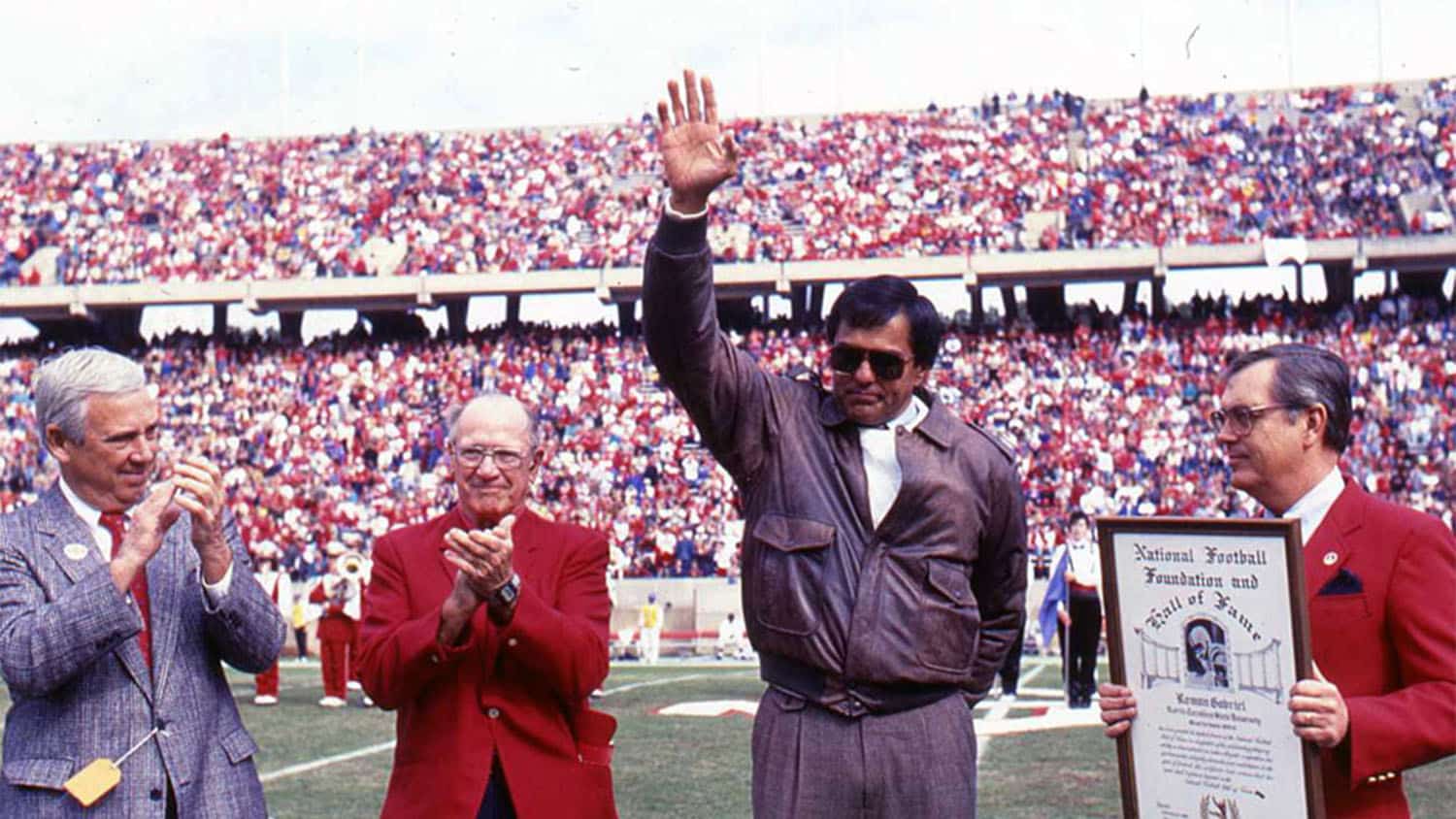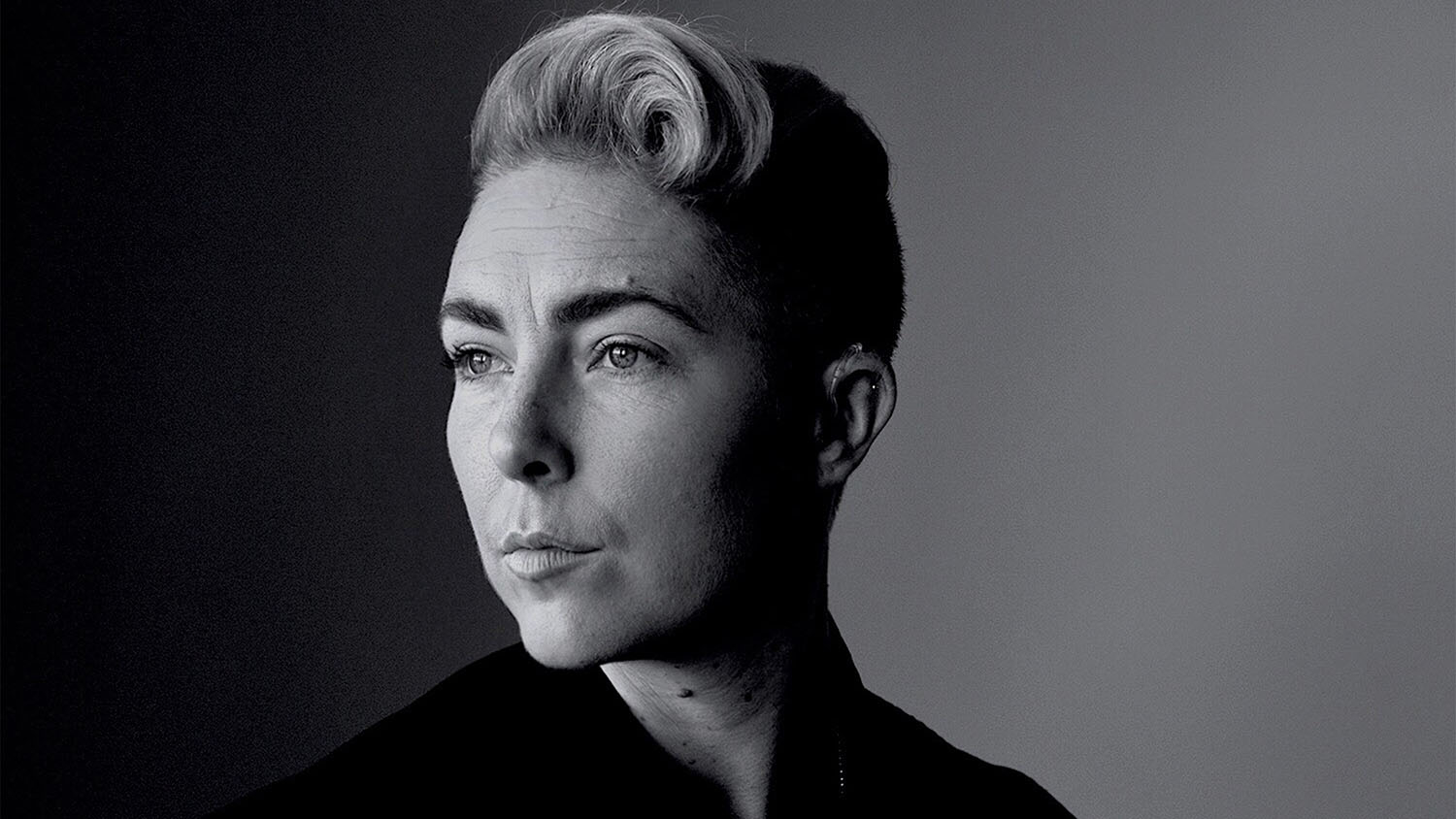The Real Home Field Advantage
It’s time for preseason college football predictions.
One poll has the Clemson Tigers finishing at the top of the Atlantic Coast Conference, while the Florida State Seminoles and Duke Blue Devils languish at the bottom.
It’s probably important to mention that this completely scientific poll has nothing to do with wins and losses, but everything to do with school colors and end zones.
I’m talking about athletic field turf paint, the stuff field managers use to make all those nice school logos in end zones and at the 50-yard line. It turns out that not all colors of turf paint are created equal – in fact, some school colors prove deadly to end-zone turf while others don’t affect it much at all.
Casey Reynolds, an NC State graduate student in the Department of Crop Science, set out to discover why this is so. It has to do with photosynthesis, but not in the way you might think.
The most important factor appears to be what color of paint is used, he says, not necessarily the paint itself.
“Most people think that painting the grass would kill it, but the formulations we use typically don’t result in any short-term injury to the turf. Athletic field paint companies produce water-based paints that are safe for turfgrasses. It’s only when paint is applied weekly over the course of an entire seven- or eight-game home season that they cause chronic, detrimental effects.”
Turfgrasses, like other plants, harvest sunlight – specifically, they take photosynthetically active radiation from sunlight – and combine it with carbon dioxide to produce energy that they can use. Both visible light and photosynthetically active light share the same 400-to700-nanometer wavelength region of the light spectrum. In other words, plants use the same wavelengths of light that are visible to the human eye. Therefore, pigments in paint that allow our eyes to perceive a given color, like Wolfpack red, also impact which wavelengths of light are available for turfgrass photosynthesis.
The colors of light that plants use most efficiently are in the red (600-700 nm) and blue (400-500 nm) regions of this spectrum. But before you Wolfpack and Blue Devils fans go getting all excited, you need to get the rest of the story.
When a turfgrass canopy is covered by field paint, it alters how much light is available for photosynthesis. Light that is received by plants can be reflected, transmitted, or absorbed, depending on which color of paint is applied. Lighter colors like orange, yellow, and white tend to reflect more light, while darker colors like black, dark blue, and maroon tend to absorb more light.
“Think about why our football players often put black strips under their eyes”, says Reynolds. “It’s to reduce the glare that occurs when light is reflected off of their cheeks.” This same concept applies to athletic field paint: light reflected by paint pigments within the turfgrass canopy results in more light available for photosynthesis. Pigments in darker paints absorb light that would otherwise be available for photosynthesis.
Reynolds and crop scientist Dr. Grady Miller are currently testing all of the colors used by ACC schools – and other regional schools like East Carolina University and the University of South Carolina – to determine how each team’s colors affect turfgrass photosynthesis. They even made sure to test formulations with the exact color for each school.
The results? Clemson fans are in luck; Duke and South Carolina fans, not so much.
“In our research, darker colors like black and Duke blue absorb over 90 percent of light that plants need for photosynthesis,” says Reynolds. “Wolfpack red and Carolina blue only absorb about half of that.”
In terms of turf health, then, white is best, followed by yellow, orange, and the rest of the rainbow. The Pack and the Heels are in the middle of the photosynthesis pack, while the Blue Devils, Gamecocks and Seminoles lag far behind. “What is so exciting about our research is that it supports what ACC and NFL field managers routinely tell us regarding which colors impact their fields the most,” says Reynolds.
But don’t worry – no one is suggesting that the Pirates lose the purple. Reynolds and Miller think that their research may lead to formulations of paint that don’t kill the turf, which could truly level the playing field.


